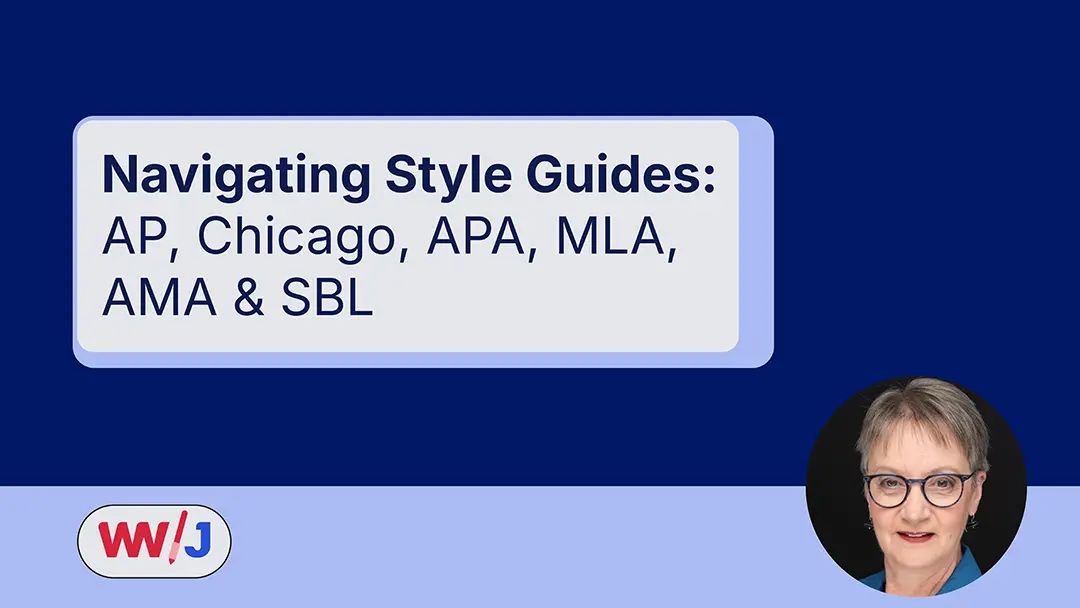Introduction
Writers are often told that the best way to become a better writer is to become a better reader. That advice typically means reading widely and deeply, but it also suggests a more active technique: reading your own work out loud. When you read aloud you engage your ears as well as your eyes, forcing your brain to process the text more slowly and attentively. This article unpacks why reading out loud is such a powerful editing strategy and how you can incorporate it into your writing workflow.
Why Reading Out Loud Matters
Cognitive benefits
Reading silently is fast and efficient, but it allows your brain to gloss over errors. Becca Puglisi from the Writers Helping Writers blog notes that when we read aloud we must form the words with our mouths, which slows the process and adds an auditory element[1]. The additional sensory processing gives your brain more time and more data to analyse, leading to better comprehension and more accurate editing[1]. The University of North Carolina’s Writing Center similarly explains that hearing your draft read aloud gives you information “in a new way” and reveals things you might not notice when reading silently[2].
Catching errors and awkwardness
One of the most immediate benefits of reading aloud is error detection. Puglisi notes that our brains tend to see what we meant to write rather than what actually appears on the page, but reading aloud exposes typos, misspellings, omitted words and other small mistakes[1]. When you stumble over a rambling or wordy sentence, that verbal fumbling signals that the sentence isn’t clear and needs revision[1]. Reading aloud also makes repeated words and parallel sentence structures obvious[1] and helps you detect confusing passages and pacing issues that might otherwise slip past during silent reading[1]. The UNC Writing Center adds that sentences containing omitted words or grammatical mistakes “sound wrong” and that awkward or overly formal tone becomes apparent when you hear your own writing[2].
Improving structure and flow
Beyond catching surface errors, reading aloud helps you see whether the order of ideas makes sense. The UNC Writing Center observes that listeners need a logical progression and transitions; hearing your paper read aloud may reveal gaps in explanation or places where you’ve moved from one topic to another too abruptly[2]. Because you can’t flip back and forth between pages when someone is reading to you, your ears will quickly notice if the structure is confusing or if key information is missing. Reading aloud also exposes pacing issues—when you become bored or tempted to skim a section, that’s a cue to tighten the writing or adjust the narrative tempo[1].
Evidence from Cognitive Research
In 2022, cognitive psychologists Cindy Nebel, Cushing and Bodner studied whether reading out loud helps writers catch errors more effectively than reading silently. Participants were assigned passages containing a few grammatical and word‑choice errors and asked to proofread them either silently, aloud or in a disfluent font[3]. The results were clear: reading aloud was far superior to both silent reading and disfluent fonts[3]. Astonishingly, participants did not perceive that they had performed better when reading aloud, rating silent and aloud conditions the same even after finishing the task[3]. This finding underscores the counter‑intuitive nature of many effective learning strategies; trusting your ear, rather than your intuition, leads to improved proofreading.
Implementation Tips
Below are practical suggestions for incorporating reading aloud into your revision routine:
- Print and mark: The UNC Writing Center recommends working from a printed copy so you can mark places where something sounds wrong[2]. Following the words with your finger helps you stay focused and avoids skipping lines[2].
- Slow down deliberately: Read at a moderate pace and concentrate on each word. Consider reading sentences out of order (starting from the end) when proofreading to focus on sentence structure rather than narrative flow[2].
- Use technology and friends: If reading aloud feels awkward, ask a friend to read your draft while you listen or use a text‑to‑speech app. Automated readers won’t smooth over errors and can be paused or replayed as needed[2]. If a friend stumbles over a passage, note that section for revision[2].
- Record yourself: Recording yourself reading a dialogue scene and playing it back can help you hear stilted or unnatural dialogue[1]. Listening to the recording puts you in the position of a reader and highlights inconsistencies.
- Build it into your workflow: Plan to read every major draft out loud at some point. You don’t need to read the entire manuscript in one sitting; break the task into sections and spread it out over several days. The cumulative effect will be a cleaner, more engaging text[1].
Real‑World Examples
Scientific reports
Technical documents often include long, complex sentences laden with jargon. Reading aloud forces the author to break sentences into manageable chunks, revealing where additional punctuation or restructuring is needed[1].
Use reading aloud to identify and simplify run‑on sentences in research papers.
Fiction dialogue
Dialogue can sound stilted on the page. Hearing it spoken exposes unnatural rhythms and stiff wording, allowing writers to adjust speech patterns[1].
Read dialogue aloud—alone or with a friend—to ensure that characters sound authentic.
Marketing copy
In advertising, rhythm and word choice matter. Reading aloud reveals repeated words, awkward phrasing and pacing problems that may dilute the message[1].
Use reading aloud to refine taglines and promotional text for clarity and impact.
Academic essays
A good essay flows logically. Listening to your paper helps you hear whether ideas are presented in the right order and whether transitions are smooth[2].
Read your essay aloud before submission to check structure and coherence.
Conclusion
Reading out loud is a surprisingly powerful tool for anyone looking to improve both reading and writing skills. By slowing down and engaging your auditory senses, you notice mistakes, awkward phrasing and structural issues that escape the eye[1][2]. Empirical research confirms that reading aloud leads to better proofreading results than silent reading or tricks like using disfluent fonts[3][3]. Integrating this simple practice into your revision process can elevate your writing, making it clearer, more precise and more engaging for your audience. Your ears may just be the best editors you have.
Frequently Asked Questions
Q: Isn’t reading silently faster? Why should I slow myself down?
A: Silent reading is faster, but speed comes at the cost of accuracy. Reading aloud slows your brain, engages auditory processing and catches errors that the eye glosses over[1]. Research shows that people find more mistakes when reading aloud than when reading silently[3].
Q: Do I need someone else to read my work, or can I do it myself?
A: Both options work. Reading your own work out loud helps you hear problems firsthand, while having a friend read it can highlight places where another reader stumbles[2]. You can also use text‑to‑speech software, which reads exactly what’s on the page[2].
Q: What if I feel self‑conscious about reading aloud?
A: Many writers feel awkward at first. Start by reading in a private space or using a recording. The benefits—catching errors, improving rhythm and refining tone—quickly outweigh the discomfort, and reading aloud becomes more natural with practice[1].
Q: Does reading aloud help with all types of writing?
A: Yes. Whether you’re drafting a scientific article, a novel, a blog post or marketing copy, hearing your words helps you evaluate clarity, rhythm, pace and tone. Even professional editors use read‑aloud techniques to polish their work[2].
Sources
[1] Becca Puglisi, “Want a Stronger Manuscript? Read It Aloud,” Writers Helping Writers, 2021. https://writershelpingwriters.net/2021/04/want-a-stronger-manuscript-read-your-work-aloud/
[2] University of North Carolina Writing Center, “Reading Aloud,” 2021. https://writingcenter.unc.edu/tips-and-tools/reading-aloud/
[3] The Learning Scientists, “When Revising, Read Out Loud,” 2022. https://www.learningscientists.org/blog/2022/10/20-1




